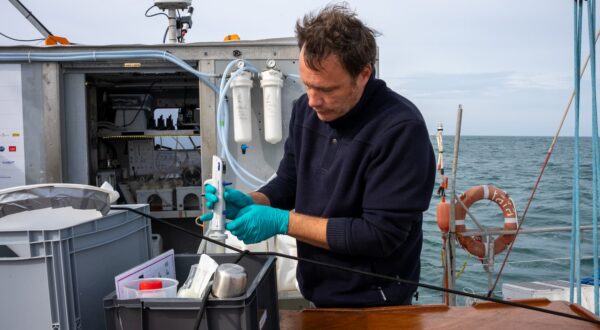Is light perception useful for phytoplankton?
Since December 18, 2024, and thanks to the publication in Nature of the work of a team of French scientists from CNRS and Sorbonne University, the answer is yes. Phytoplankton, plant plankton, and more specifically diatoms, perceive their position in the depths of the ocean through sensors of light variations, the phytochromes. The data analysed in this study comes from the Tara Oceans expedition (2009-2013).
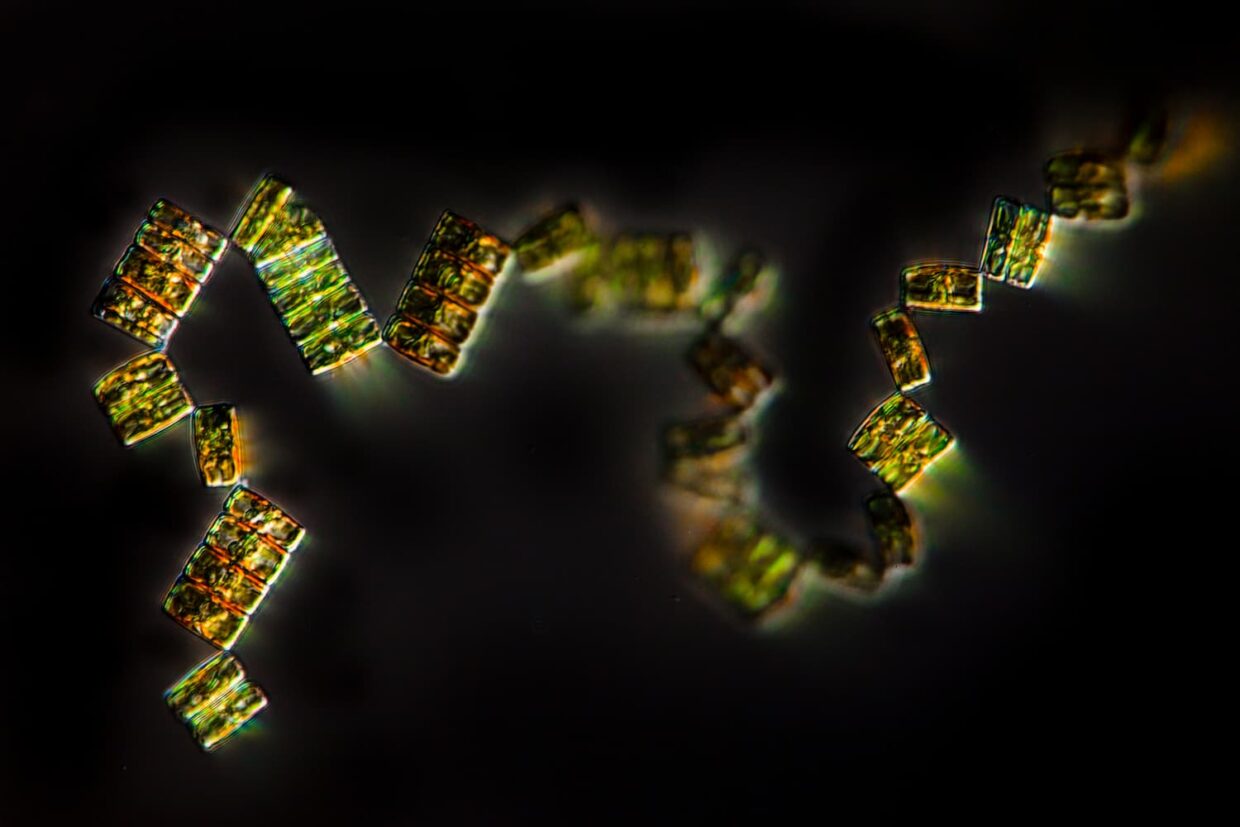
Light is a limiting factor in the Ocean
Although essential for life, light only penetrates the Ocean in the upper phase of the photic zone (up to 200m); and in this zone, light is also highly variable, and depends on various factors: the properties of water, which specifically absorbs certain wavelengths, the presence of other organisms, and the distance from the coast…
Just like plants, marine plant plankton – phytoplankton – needs light to create energy through photosynthesis. Light is also necessary for plants and algae as a source of information about their environment, allowing them to adapt their biological activity.
Through its photosynthetic activity, phytoplankton plays a crucial role in global carbon fixation and planetary oxygen production. It is therefore essential to climatic and biological equilibriums.
The ecological role of phytoplankton is widely acknowledged, however the mechanisms that control its distribution in the Ocean have long remained unanswered.
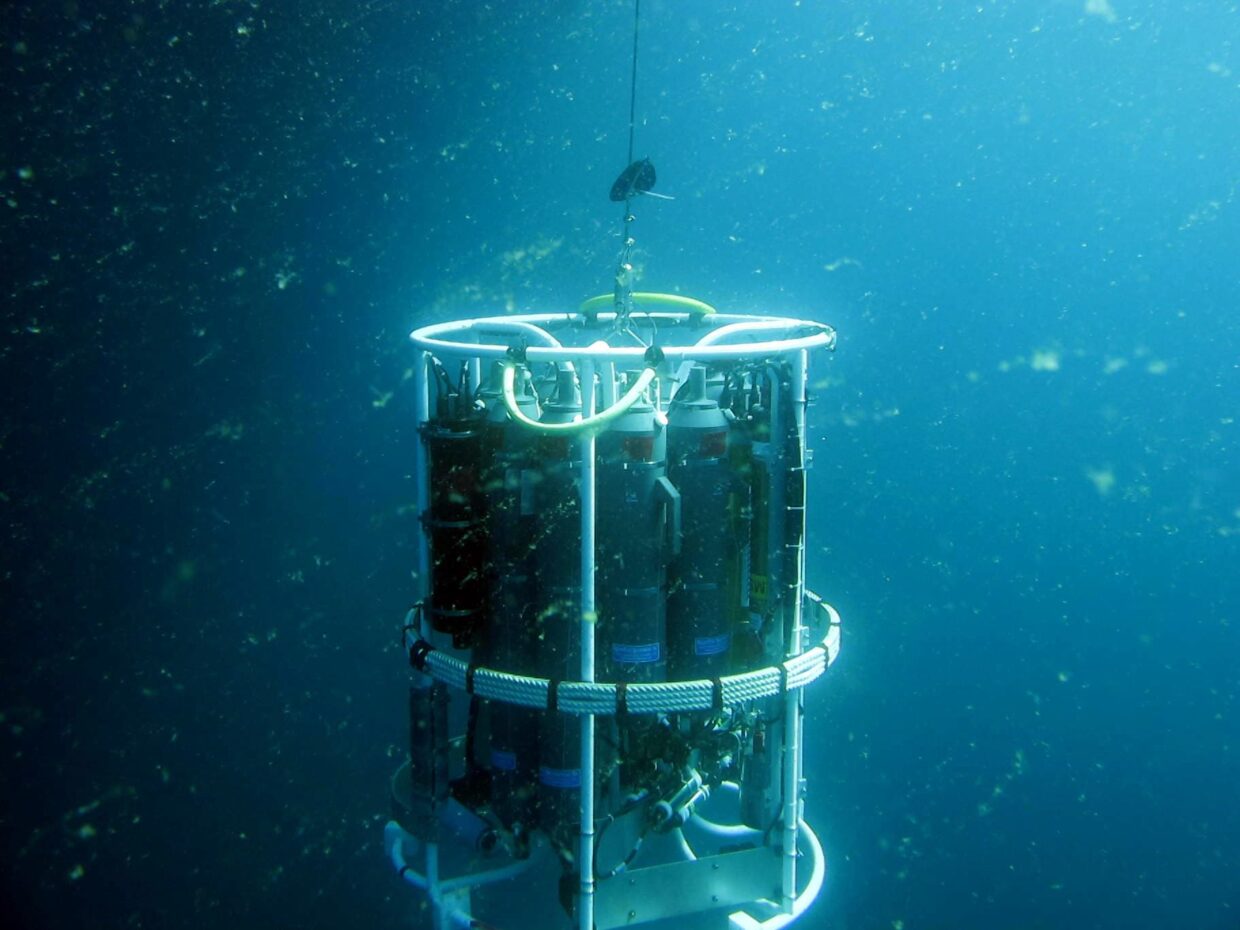
The role of photoreceptors
In general, living organisms (terrestrial and marine) use “light sensors”, or photoreceptors, to measure the variations in intensity, spectrum, duration, or light orientation throughout the day, seasons, or under different latitudes…
The role of different photoreceptors in terrestrial organisms (plants, animals, bacteria) has been well described since the 50s, but is little known in photosynthetic marine organisms.
Despite numerous pieces of evidence suggesting that phytoplankton can perceive environmental changes, this ability is rarely taken into account in current models of phytoplankton distribution.
Phytochromes are specialised photoreceptors
The Ocean is a challenging environment for living organisms. Light varies significantly with depth due to the properties of water, which absorbs different wavelengths of light: red light is strongly attenuated from the first few meters, while blue light predominates at depth.
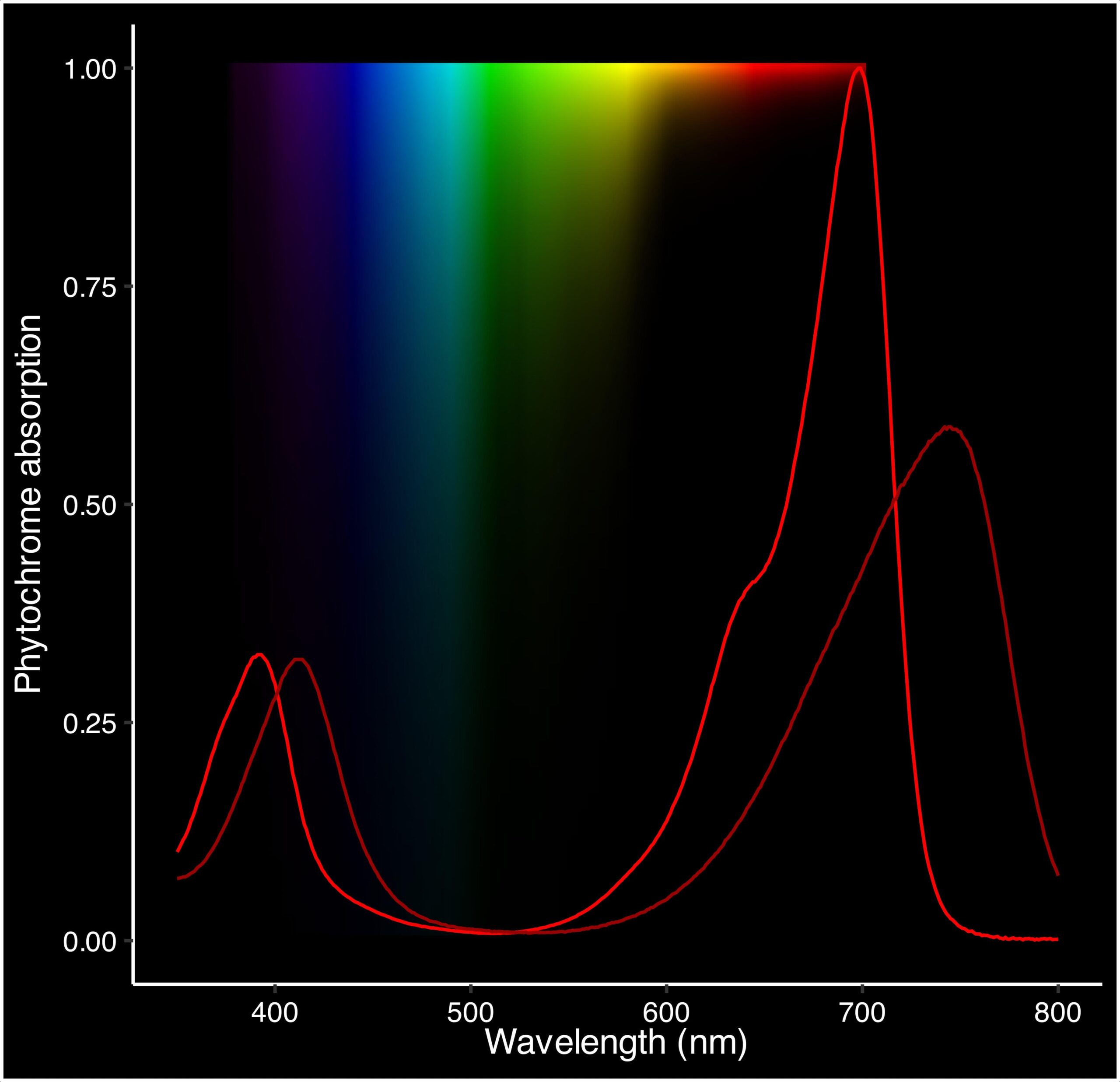
Distribution of light and its spectral composition in the water column and representation of the spectrum of the diatom phytochrome, capable of capturing information associated with light changes in the ocean.© Carole Duchêne
Thanks to an interdisciplinary approach combining genetic engineering, biophysics, and diatom physiology on two model phytoplankton species, scientists were able to analyse and demonstrate the ability of these organisms to decode information related to the full spectrum of light specific to aquatic environments through the use of specialised photoreceptors, phytochromes, to control key processes for their lifestyle depending on the depth at which they are located.
In the genome of the diatoms
It is in the genome of a microscopic algae called diatom, Phaeodactylum triconutum, that scientists detected phytochromes.
Iterative and innovative back-and-forths between laboratory experiments and studies in natural environments made it possible to characterise the unexpected properties of the diatom phytochrome.
Unlike phytochromes of terrestrial plants that only respond to two colors (red and deep-red light), the diatom phytochrome integrates all wavelengths of the aquatic light spectrum. It functions through a dynamic balance between predominant blue wavelengths in deeper waters, which are activating, and red wavelengths present in surface waters, which are inhibitory. Through this subtle balance between activating and inhibitory forms, these photosensitive sensors allow diatoms with phytochrome to detect changes in the light spectrum along the water column, and like a depth sensor, modulate physiological responses of diatoms according to their oceanic environment.
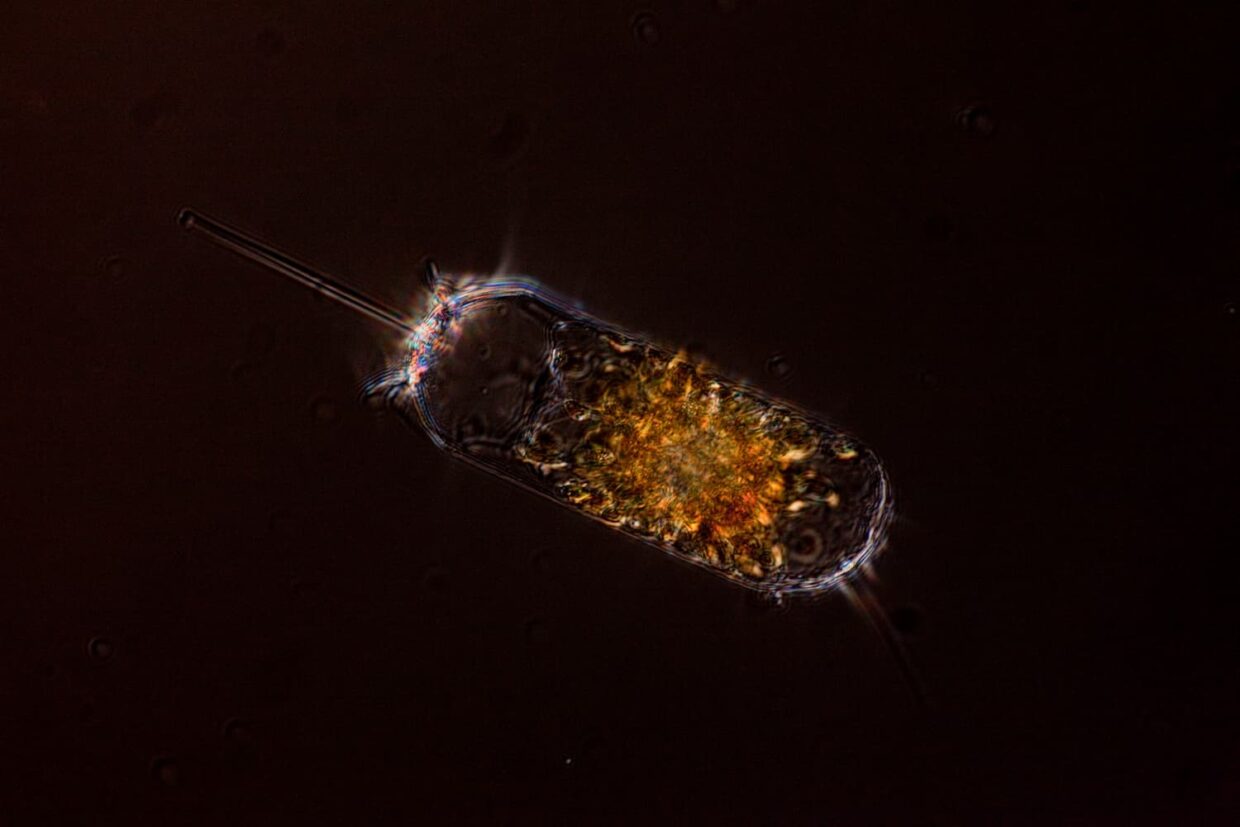
Phytochrome activity adapts to its environment
By exploring the data from the Tara Oceans sampling campaign made available to the international community, the team of scientists discovered that only diatoms from temperate and polar zones possess phytochromes.
This discovery, based on the study of natural environments, gives an eco-evolutionary perspective to laboratory experiments revealing that phytochrome provides a significant advantage to diatoms that possess it, with better photosynthetic performance in changing light conditions.
Like a “GPS of the deep”, a phytochrome allows diatoms to adjust their photosynthetic activity and prepare for possible changes, such as those that can occur during water mixing, a phenomenon stronger in temperate and polar regions.
These results offer a better understanding of the role of these sensors and the importance of photoregulation in the marine environment. They also confirm that phytoplankton navigate using light. Phytochromes have a role in detecting changes in the light spectrum in the water column and, for example, “inform the organism about its position in the water column.”
Further studies are needed to expand on this discovery and better understand the capacity of living organisms in the ocean to adapt to environmental change.
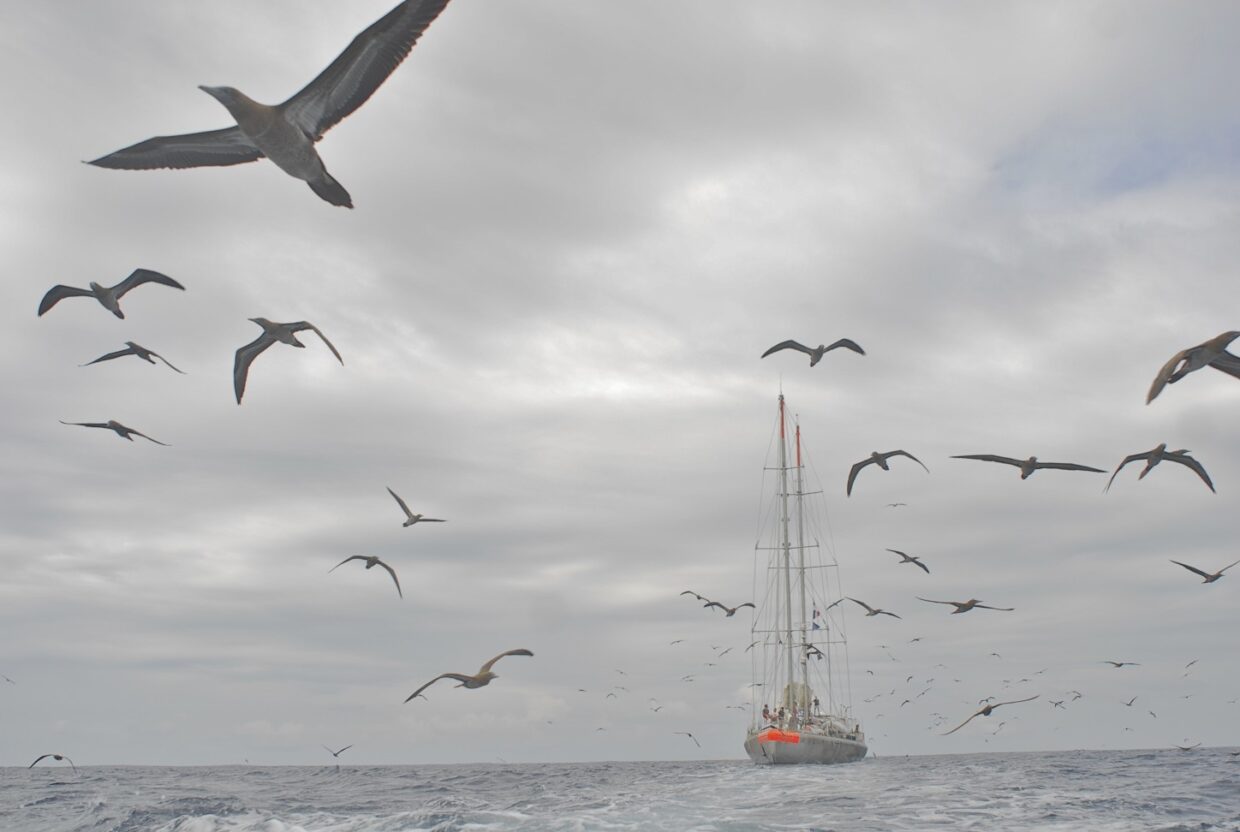
This work is the result of a collaboration between the “Chloroplast Biology and Light Perception in Microalgae” laboratory at the Institute of Physico-Chemical Biology (IBPC), for the characterisation of new properties and functions of phytochromes, the Institute of Biology at the Ecole Normale Supérieure (IBENS), which coordinates the Tara Océan project, for environmental genomics data, and the Stazione Zoologica Anton Dohrn in Naples for biological oceanography approaches.
For the IBPC lab, the research coordinator, the project received support from the Bettencourt Schueller Foundation, the Labex Dynamo, and significant support from the CNRS through a MITI project and an 80PRIME thesis scholarship.
